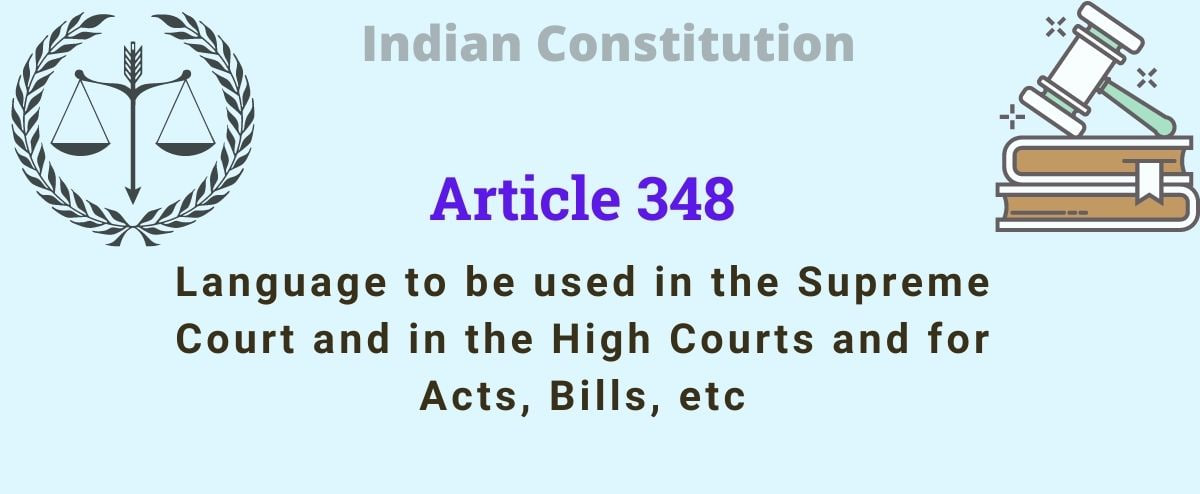Free Courses Sale ends Soon, Get It Now


Free Courses Sale ends Soon, Get It Now



Copyright infringement not intended
Context: A Supreme court Judge remarked on the linguistic diversity of India and said that Hindi is "the national language" while rejecting a petition to shift a case related to a road accident from Uttar Pradesh to West Bengal.
Details
The language used in Courts
Challenges and issues related to the language of the judiciary
Steps taken
Way forward
Conclusion
Must Read Articles:
NATIONAL LANGUAGE: https://www.iasgyan.in/daily-current-affairs/national-language#:~:text=The%20Indian%20constitution%20Stated%20that,and%20in%20every%20high%20court.
Official Language: https://www.iasgyan.in/daily-current-affairs/official-language-15#:~:text=According%20to%20the%20Indian%20Constitution,official%20language%20of%20the%20Union.
|
PRACTICE QUESTION Q. Discuss the language barrier in the Indian judiciary, its impact on access to justice, the challenges it poses, and potential strategies to overcome these challenges and ensure effective communication and inclusivity within the legal system. |
© 2024 iasgyan. All right reserved